- Home
- Robert J. Sawyer
Stream of Consciousness Page 2
Stream of Consciousness Read online
Page 2
“There seem to be valves in the broken blood vessels that have closed off,” she said.
Raji turned to Tina. “We've got valves in our veins, to keep blood from flowing backwards. It looks like this creature has valves in both its veins and its arteries.” He paused, then turned to Cardinal. “I still don't know if we can or should move the alien.”
“Well, the oxygen bottle is almost empty,” said Bancroft. “Who knows if it was doing it any good, anyway, but—”
“Oh, God,” said Tina. She'd still been holding her hand near one of the respiratory orifices. “It's stopped breathing!”
“We could try artificial respiration,” said Bancroft.
“You mean blowing into its hands?” said Tina incredulously.
“Sure,” said Bancroft. “It might work.” He lifted one of the arms, but, as he did so, orange liquid began to spill from the breathing hole.
“Yuck!” said Tina.
Raji pulled back, too. The head wound had started to bleed as well.
“It's bleeding from the mouths, too,” said Cardinal, looking at the medial limbs.
“We can't let it die,” said Raji. “Do something!”
Bancroft reached into the medical kit and brought out a roll of gauze. He began packing it into the mouth located in the palm of the right medial hand. Cardinal grabbed a larger roll of gauze and tried to stanch the flow from the head.
But it was no good. Orange liquid was seeping out of previously unnoticed orifices in the torso, too, as well as from the soles of the feet.
“It's dying!” said Tina.
Blood was pooling on the spaceship's floor, which was canted at a bit of an angle.
“Maybe one of our viruses has the same effect on it that Ebola has on us,” said Bancroft.
But Raji shook his head. “Viruses evolve in tandem with their hosts. I find it hard to believe any of our viruses or germs would have any effect on something from another ecosystem.”
“Well, then, what's happening to it?” asked Bancroft. And then his eyes went wide. Raji followed Bancroft's gaze.
The orange blood wasn't pooling in the lowest part of the floor. Rather, it was remaining in a puddle in the middle of the floor—and the puddle's edges were rippling visibly. The middle of the pool started to dry up. As the four humans watched, the opening in the middle grew bigger and bigger. But it wasn't round—rather, it had straight edges. Meanwhile, the outside of the puddle was also taking on definite shape, forming straight edges parallel to those on the inside.
“It's—it's a triangle,” said Tina.
“The orange pigment in the blood—it's probably iron-based,” said Raji. “Maybe it's magnetic; maybe the blood is pooling along the field lines formed by magnetic equipment beneath the hull...”
But then pairs of liquid arms started extending from the vertices of the central triangle. The four humans watched dumbfounded while the blood continued to move. Suddenly, the six growing arms turned in directions perpendicular to the way they'd previously been expanding.
Finally, the outline was complete: the central object was a right-angle triangle, and off of each face of the triangle was a square.
Suddenly, lines started to cross diagonally through two of the squares—one square was crossed from the lower-left to the upper-right; another from the upper-left to the lower right; and the third—
—the third square was crosshatched, as if the patterns from the other squares had been overlain on top of each other.
“The square of the hypotenuse,” said Tina, her voice full of wonder, “equals the sum of the squares of the other two sides.”
“What?” said Bancroft.
“The Pythagorean theorem,” said Raji, absolutely astonished. “It's a diagram illustrating one of the basic principles of geometry.”
“A diagram made by blood?” said Bancroft incredulously.
A sudden thought hit Raji. “Can your scanner sequence nucleic acids?” he asked, looking at Cardinal.
“Not quickly.”
“Can it compare strands? See if they're the same?”
“Yes, it can do that.”
“Compare the nucleic acid from a body cell with that from one of the blood cells.”
Cardinal set to work. “They don't match,” she said after a few minutes.
“Incredible,” said Raji shaking his head.
“What?” said Tina.
“In all Earth lifeforms, the DNA is the same in every cell of the body, including in those blood cells that do contain DNA—non-mammalian red corpuscles, as well as white corpuscles in all types of animals. But the alien's blood doesn't contain the same genetic information as the alien's body.”
“So?”
“Don't you see? The blood and the body aren't even related! They're separate lifeforms. Of course the body has a tiny brain—it's just a vehicle for the blood. The blood is the intelligent lifeform, and the body is only a host.” Raji pointed at the orange diagram on the floor. “That's what it's telling us, right there, on the floor! It's telling us not to worry about saving the body—we should be trying to save the blood!”
“That must be why the host has built-in valves to shut off cuts,” said Cardinal. “If the blood cells collectively form an intelligent creature, obviously that creature wouldn't want to give up part of itself just to clot wounds.”
“And when the host dies, the orifices and valves open up, to let the blood escape,” said Bancroft. “The host doesn't hate the blood—this isn't an enslavement; it's a partnership.”
“What do we do now?” asked Tina.
“Collect all the blood and take it somewhere safe,” said Raji. “Then see how much we can communicate with it.”
“And then?”
“And then we wait,” said Raji, looking up at the transparent ceiling. It was getting dark; soon the stars would be visible. “We wait for other aliens to come on a rescue mission.”
Raji dropped his gaze. The alien blood was forming a new pattern on the floor: the outlines of two large circles, separated by about twenty centimeters of space.
“What's it trying to say?” asked Cardinal.
Lines started to squiggle across the circles. The lines on the right-hand circle seemed random, but suddenly Raji recognized the ones on the left: the coastlines of North America. It was a picture of Earth and of another planet, presumably the alien's home world.
As the four humans watched, the two circles moved closer together, closer still, the gap between them diminishing, until at last they gently touched.
Raji smiled. “I think that means we're going to be friends.”
* * *
Visit www.Fictionwise.com for information on additional titles by this and other authors.

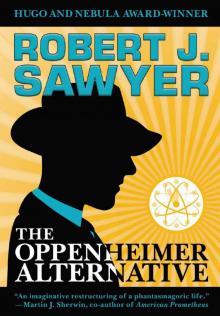 The Oppenheimer Alternative
The Oppenheimer Alternative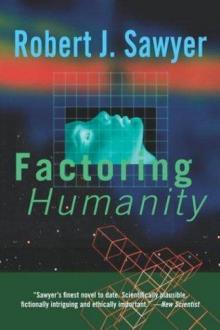 Factoring Humanity
Factoring Humanity The Shoulders of Giants
The Shoulders of Giants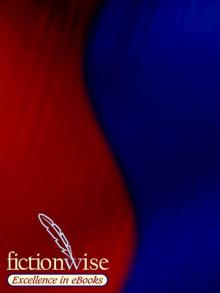 Stream of Consciousness
Stream of Consciousness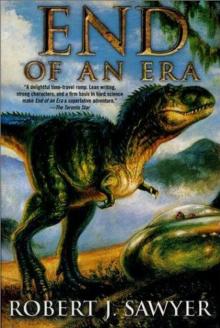 End of an Era
End of an Era The Terminal Experiment
The Terminal Experiment Far-Seer
Far-Seer Mindscan
Mindscan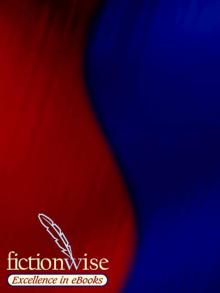 You See But You Do Not Observe
You See But You Do Not Observe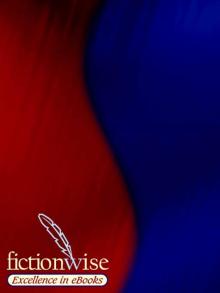 Star Light, Star Bright
Star Light, Star Bright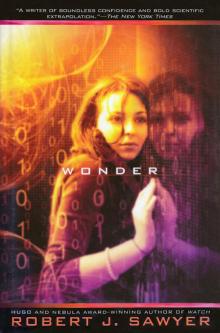 Wonder
Wonder Wiping Out
Wiping Out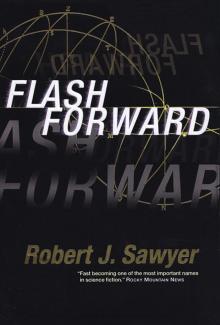 Flashforward
Flashforward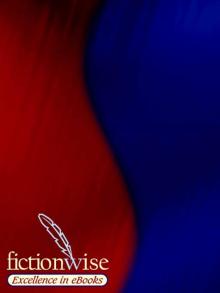 Above It All
Above It All Frameshift
Frameshift The Neanderthal Parallax, Book One - Hominids
The Neanderthal Parallax, Book One - Hominids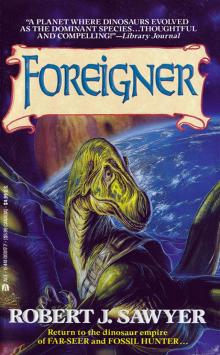 Foreigner
Foreigner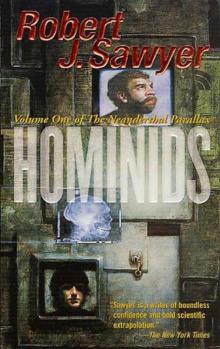 Neanderthal Parallax 1 - Hominids
Neanderthal Parallax 1 - Hominids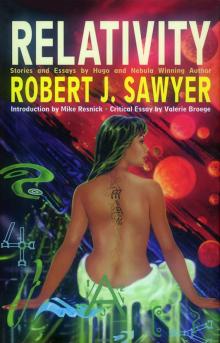 Relativity
Relativity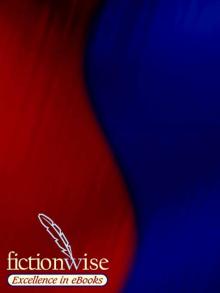 Identity Theft
Identity Theft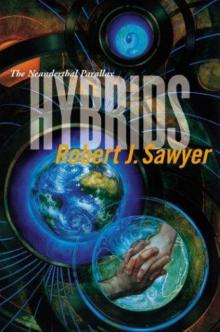 Hybrids np-3
Hybrids np-3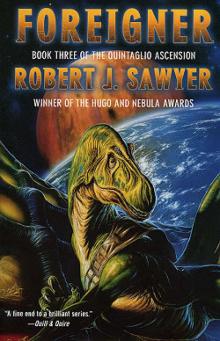 Foreigner qa-3
Foreigner qa-3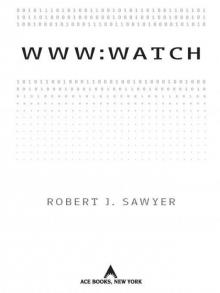 WWW: Watch
WWW: Watch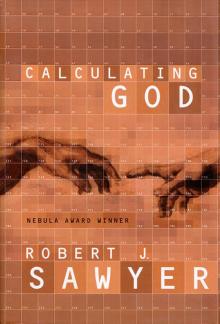 Calculating God
Calculating God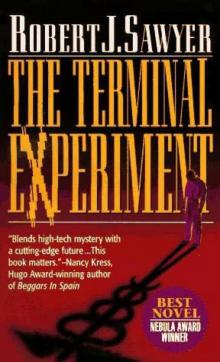 The Terminal Experiment (v5)
The Terminal Experiment (v5)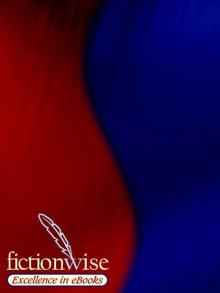 Peking Man
Peking Man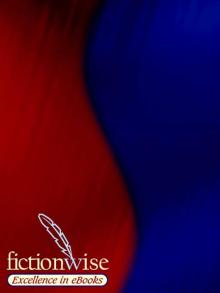 The Hand You're Dealt
The Hand You're Dealt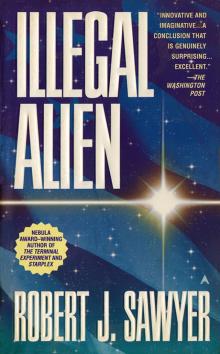 Illegal Alien
Illegal Alien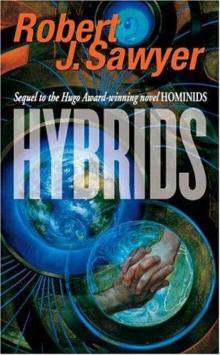 Neanderthal Parallax 3 - Hybrids
Neanderthal Parallax 3 - Hybrids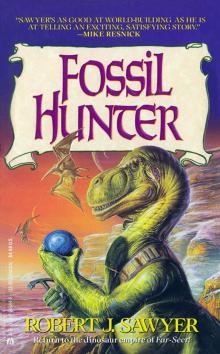 Fossil Hunter
Fossil Hunter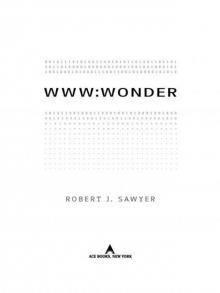 WWW: Wonder
WWW: Wonder Iterations
Iterations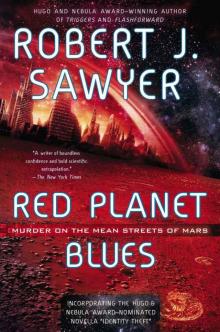 Red Planet Blues
Red Planet Blues Rollback
Rollback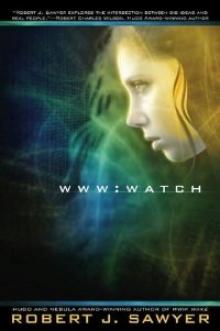 Watch w-2
Watch w-2 Gator
Gator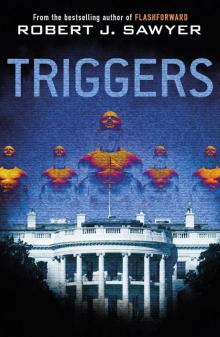 Triggers
Triggers Neanderthal Parallax 2 - Humans
Neanderthal Parallax 2 - Humans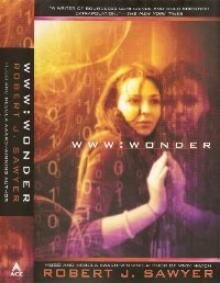 Wonder w-3
Wonder w-3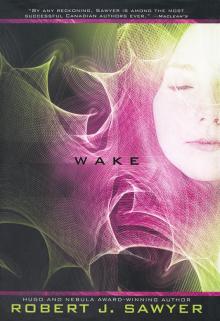 Wake
Wake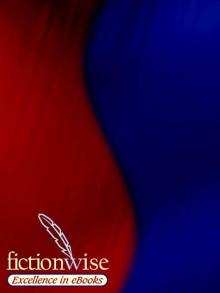 Just Like Old Times
Just Like Old Times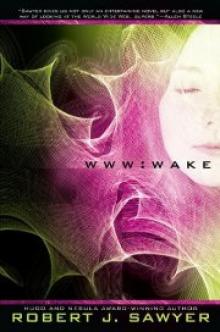 Wake w-1
Wake w-1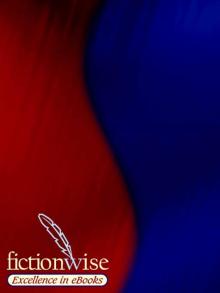 Fallen Angel
Fallen Angel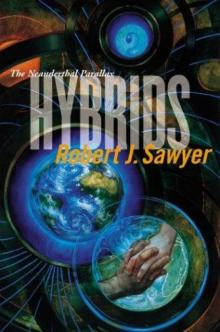 Hybrids
Hybrids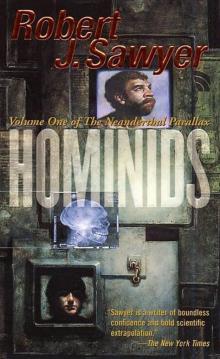 Hominids tnp-1
Hominids tnp-1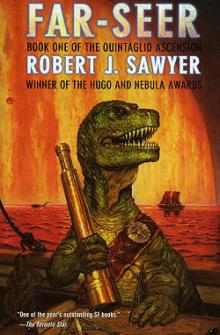 Far-Seer qa-1
Far-Seer qa-1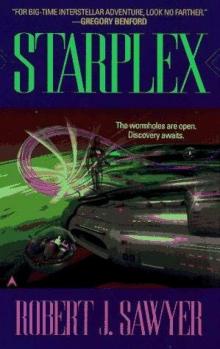 Starplex
Starplex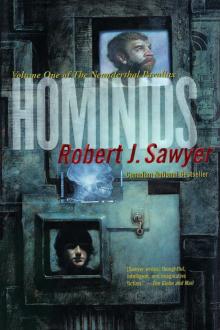 Hominids
Hominids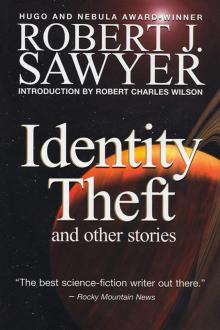 Identity Theft and Other Stories
Identity Theft and Other Stories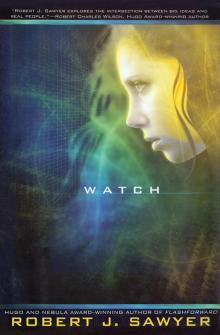 Watch
Watch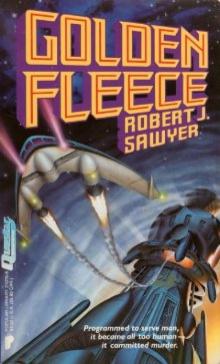 Golden Fleece
Golden Fleece Quantum Night
Quantum Night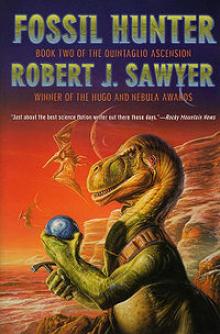 Fossil Hunter qa-2
Fossil Hunter qa-2 Humans np-2
Humans np-2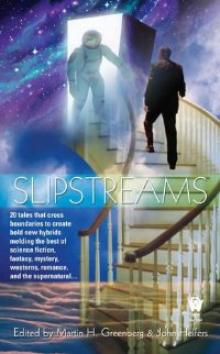 Biding Time
Biding Time